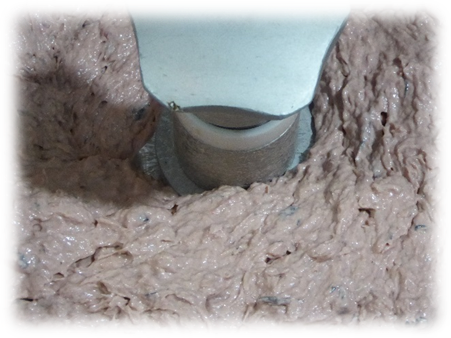
Silage
Valorisation Option Factsheet
Product description
Fish silage can be described as a liquid product produced from the autolysis of the whole fish or part of it, including viscera, to which acids, enzymes or lactic-acid-producing bacteria may be added. Liquefaction is caused by the action of enzymes naturally present in the fish, and is accelerated by the acid which creates the right conditions for the enzymes to break down the tissues and limits the growth of spoilage bacteria. It is a simple process that can be easily scalable for use in small and large operating units previous to the separation of oil and protein hydrolysate in centralized plants.

Product application
The products of the fish silage of category 3 by-products, oil and protein hydrolysate, are used as aquafeed for farmed species other than the species of origin. They are also used for poultry, pigs, pet food or mink feed.
The resulting oil from the silage of category 2 by-products is used in the production of biodiesel. The protein hydrolysate can be used as organic fertilizer in agriculture.
Raw materials
Fish silage can be made of every species of fish and every part of the fish.
The quality of the silage depends on the freshness of the raw materials.
Feasibility
Process Yield
Technology maturity
Value of Product
Potential Market
Production cost
Competing Companies






Simplified process Scheme

Citation :
Factsheet Silage, Author(s) : Bruno Iñarra, Carlos Bald, Marta Cebrian
Bruno Iñarra, Carlos Bald, Marta Cebrian (2017). DiscardLess WP6.2 Evaluation of the different valorisation alternatives prioritized from the technical, market, regulatory and socio-economic perspective.
http://www.discardless.eu/Valorisation_module